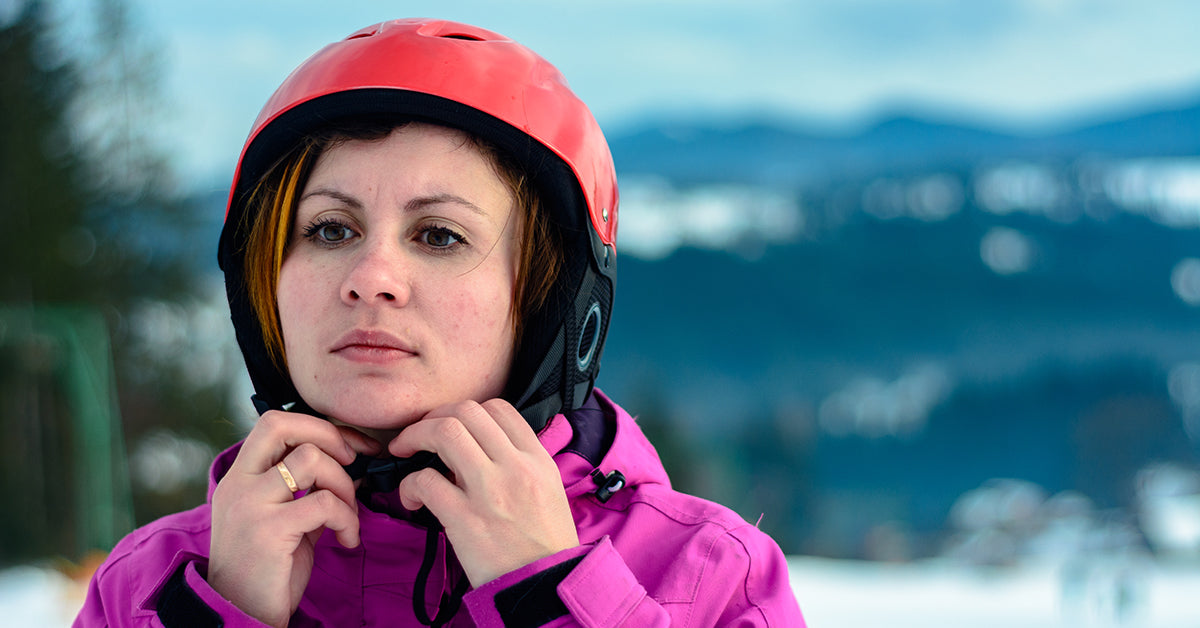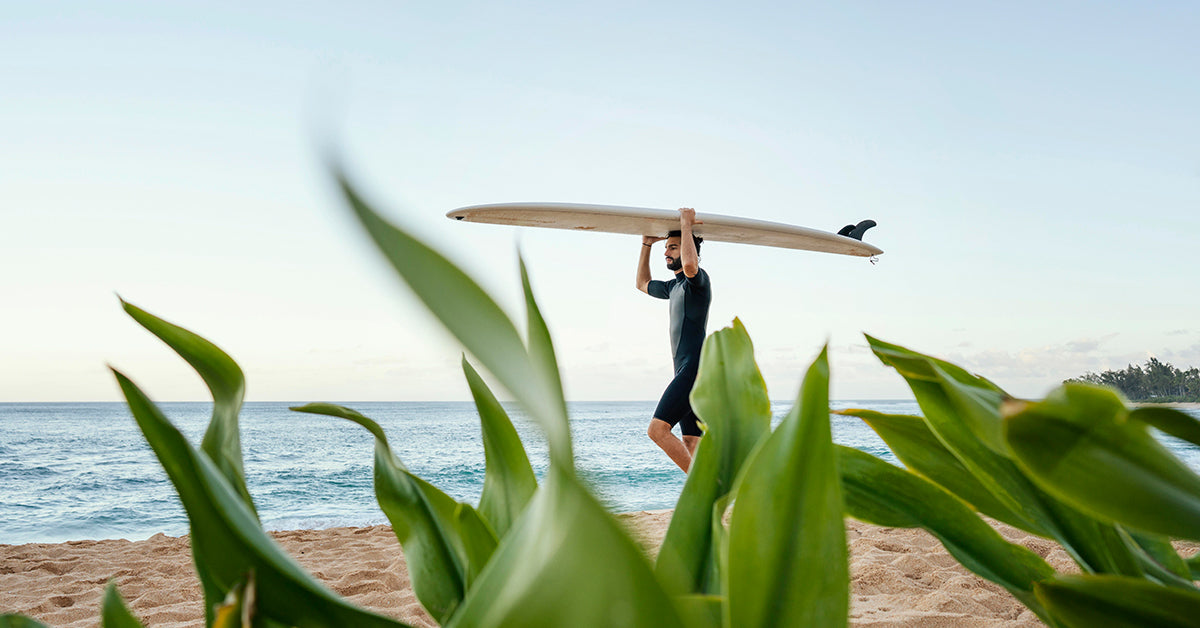
How to choose a snowboard helmet for a beginner?
A helmet is arguably the most important piece of equipment for a rider's health. If you're a snowboarder, you absolutely must have one, regardless of whether you're an advanced or beginner. Having fun on the slopes is key, but there's no fun without safety and fitness. Unfortunately, falls and collisions often result in head impacts, which can result in a truly unpleasant injury. It's worth ensuring your comfort and safety, especially since there's a wide selection of helmets. Warm, cozy interiors, easy adjustment, and great design. There's plenty to choose from! And what should you look for when buying a snowboard helmet for a beginner?
A snowboard helmet should fit perfectly. There are adjustable helmets available on the market, making it easy to find the right size. Ideally, however, a helmet should fit perfectly to the user's head, eliminating any loose spots. This improves both comfort and safety. The helmet shouldn't slide down over the eyes or expose too much of the forehead. Measure your helmet and make sure it meets these criteria. Snowboarding isn't an easy sport. Especially at the beginning, it involves many falls. It takes a long and tiring journey before you can truly enjoy snow riding. Therefore, comfort is even more important for beginners. Comfortable clothing, a well-fitting board, and a well-fitting helmet are essential.
Some brands use special technologies in their snowboard helmets that significantly reduce the risk of head injury. One such manufacturer is Anon. They use MIPS and WAVECEL technologies. What is their phenomenon? MIPS technology is inspired by the human brain. Do you know what our brain's protective barrier is? It's the cerebrospinal fluid, which allows the center of our nervous system to move freely within the skull. The fluid protects it from impacts. This is the effect the creators of MIPS sought to achieve. The MIPS protective layer is located between the helmet's padded inner layer and its shell. It is held there by flexible grips. What happens when you strike something with your head during a fall? The MIPS layer moves with your head, limiting brain movement that could lead to a concussion.
What about WAVECEL technology? As the manufacturer itself describes it, "WaveCel is a complex cellular structure that lines the interior of the helmet and can reduce the force of impact and rotation by flexing to reduce initial force, compressing to reduce impact velocity, and sliding to help redirect energy away from the head." Both technologies provide a high level of safety.
What else should you know? The lighter the helmet, the more comfortable we feel. The highest-end models are very lightweight, making us practically insensible to the helmet and feel more comfortable. Beginner riders often think they look awkward and silly in a helmet. Sometimes, all it takes is a pair of goggles and we start looking really cool. Besides, believe me, health and life are much more important than the best looks. Invest in a good snowboard helmet!
A snowboard helmet should fit perfectly. There are adjustable helmets available on the market, making it easy to find the right size. Ideally, however, a helmet should fit perfectly to the user's head, eliminating any loose spots. This improves both comfort and safety. The helmet shouldn't slide down over the eyes or expose too much of the forehead. Measure your helmet and make sure it meets these criteria. Snowboarding isn't an easy sport. Especially at the beginning, it involves many falls. It takes a long and tiring journey before you can truly enjoy snow riding. Therefore, comfort is even more important for beginners. Comfortable clothing, a well-fitting board, and a well-fitting helmet are essential.
Some brands use special technologies in their snowboard helmets that significantly reduce the risk of head injury. One such manufacturer is Anon. They use MIPS and WAVECEL technologies. What is their phenomenon? MIPS technology is inspired by the human brain. Do you know what our brain's protective barrier is? It's the cerebrospinal fluid, which allows the center of our nervous system to move freely within the skull. The fluid protects it from impacts. This is the effect the creators of MIPS sought to achieve. The MIPS protective layer is located between the helmet's padded inner layer and its shell. It is held there by flexible grips. What happens when you strike something with your head during a fall? The MIPS layer moves with your head, limiting brain movement that could lead to a concussion.
What about WAVECEL technology? As the manufacturer itself describes it, "WaveCel is a complex cellular structure that lines the interior of the helmet and can reduce the force of impact and rotation by flexing to reduce initial force, compressing to reduce impact velocity, and sliding to help redirect energy away from the head." Both technologies provide a high level of safety.
What else should you know? The lighter the helmet, the more comfortable we feel. The highest-end models are very lightweight, making us practically insensible to the helmet and feel more comfortable. Beginner riders often think they look awkward and silly in a helmet. Sometimes, all it takes is a pair of goggles and we start looking really cool. Besides, believe me, health and life are much more important than the best looks. Invest in a good snowboard helmet!

